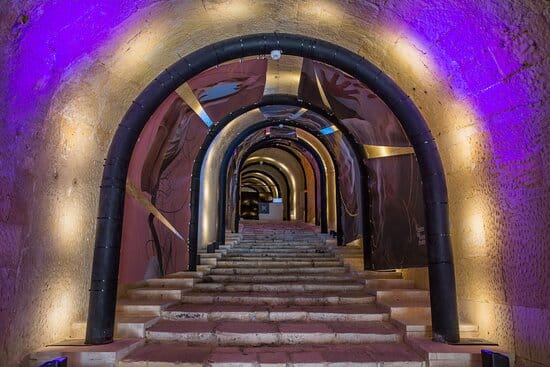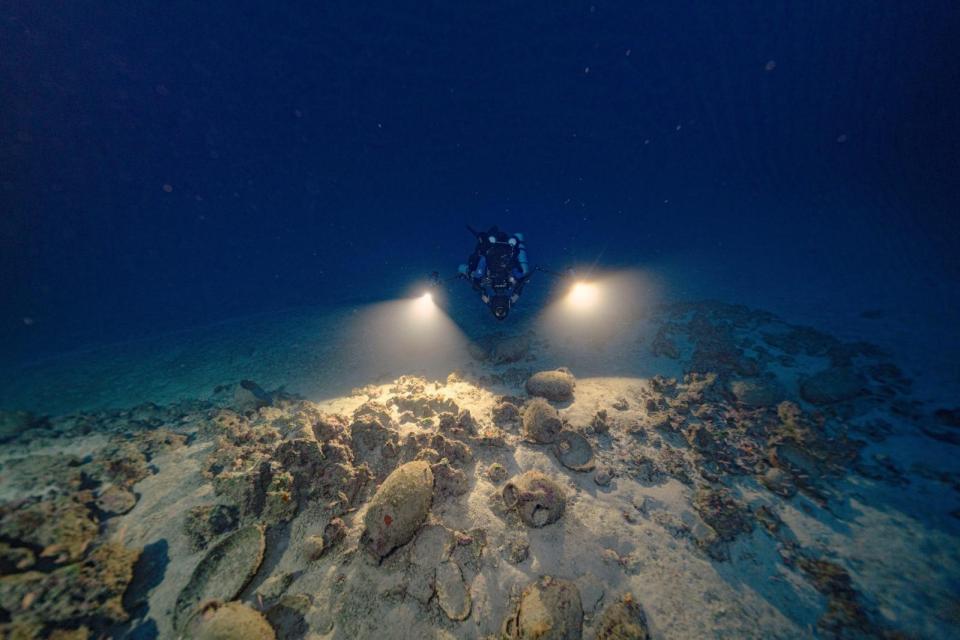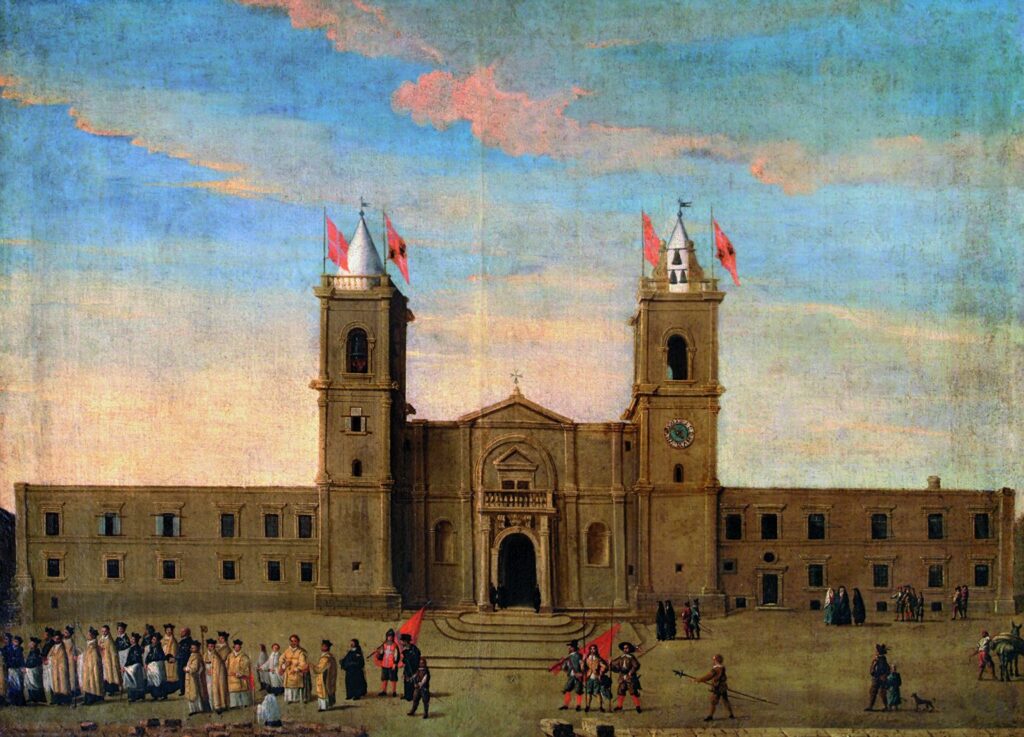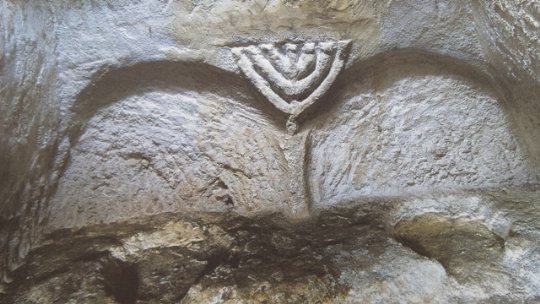Mdina’s ‘controversial’ neo-gothic house that’s become a museum

Casa Gourgion has been turned into a walk-through heritage home museum A landmark, stately, 19th-century house in Mdina’s main square is now accessible to the public after the family who inherited it embarked on a four-year restoration project to turn it into a walk-through heritage home museum. Anyone visiting the Silent City would have noticed […]
ROOF TOP#HISTORY#ST.JAMES CAVALIER

Corinthia Caterers have just launched a new venue, set in the heart of our Capital City Valetta St. James Cavalier was built in the 16th Century by the Order of St. John, this venue is surrounded by Auberge de Castille and other historical buildings. The Cavalier today is Malta’s National centre for Creativity with a […]
Discovery of Neptune painting in National Museum of Archaeology

A painting discovered behind a blocked arch at the Gran Salon within the National Museum of Archaeology in Valletta has been confirmed as an image of Neptune, the Roman God of the Sea, following a conservation project held by Heritage Malta with Bank of Valletta’s (BOV) support. The painting, which sees the god hold a trident in […]
World’s first deepwater archaeological park inaugurated off Xlendi

At a depth of more than 110 metres, the world’s first deepwater archaeological park has been inaugurated off Xlendi in Gozo. The park, designated as an Archaeological Zone at Sea in 2020, covers a total of 67,000 square metres. Speaking during the park’s inauguration ceremony on the Xlendi waterfront, National Heritage Minister Owen Bonnici remarked […]
Mosta Oratory Being Restored From WW2 Damage

Restoration work on the façade of the Oratory of the Sacred Heart of Jesus, Mosta began in August 2022, and are expected to be completed by the end of May 2023. The Restoration Directorate were responsible for this project, from the documentation to the work on the Oratory itself. The Oratory of the Sacred Heart […]
Knights’ era hanging tapestries at St John’s Co-Cathedral

The conclusion of 16 years of restoration work on the set of the 300-year old 29 tapestries for St John’s Co-Cathedral will be commemorated with a unique opportunity for the public. For a month and a half from the beginning of next month, the full set of hanging tapestries at the Co-Cathdral can be admired […]
Spotlight on Malta’s Jewish History in Jewish Life Television’s Global Travel Series

Malta has been one of the best kept secrets for a Jewish Heritage Experience. Exploring a Jewish presence that dates to the Roman Period, the Malta Tourism Authority and Jewish Life Television (JLTV) proudly announce the premiere of The Jewish History of Magnificent Malta, as part of JLTV’s award-winning global travel series Air Land & Sea. Hosted […]
Heritage Malta Taste History

This week we headed down to Vittoriosa to learn about Heritage Malta’s Taste History initiative. Clive Cortis explains to us this fairly new concept that is being introduced to Museums on the islands. After thorough research extracted from a vastly documented evidence found in Malta from the days of the corsairs, Taste History managed to […]
The Grand Harbour

Cruising the Grand Harbour is one of Malta’s most peaceful and interesting tours… and has today become an integral part of the tourist itinerary for thousands of visitors to our islands. The Grand Harbour (in Maltese: Il-Port il-Kbir) is a natural harbour. It has been used as a harbour since early Phoenician times. The natural […]
